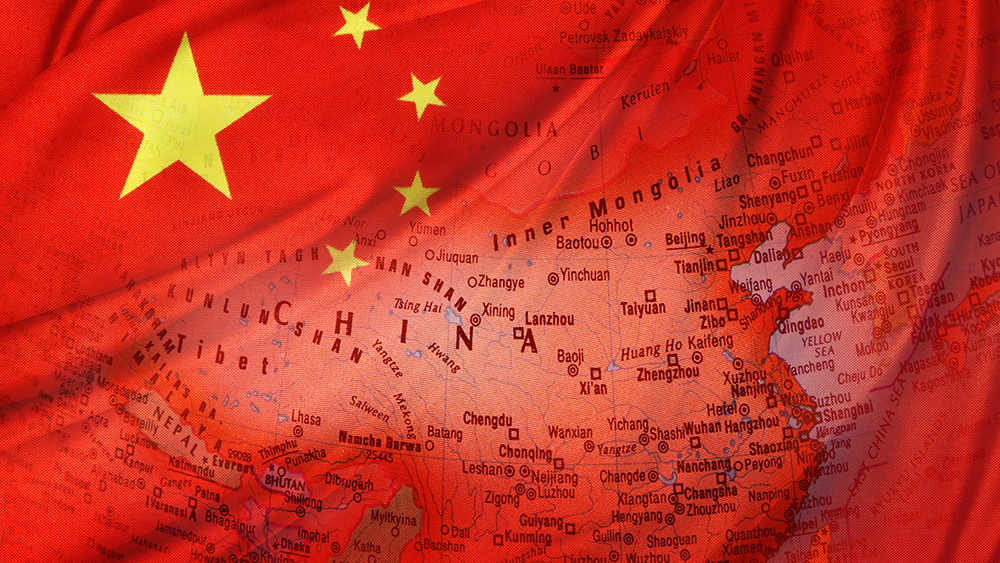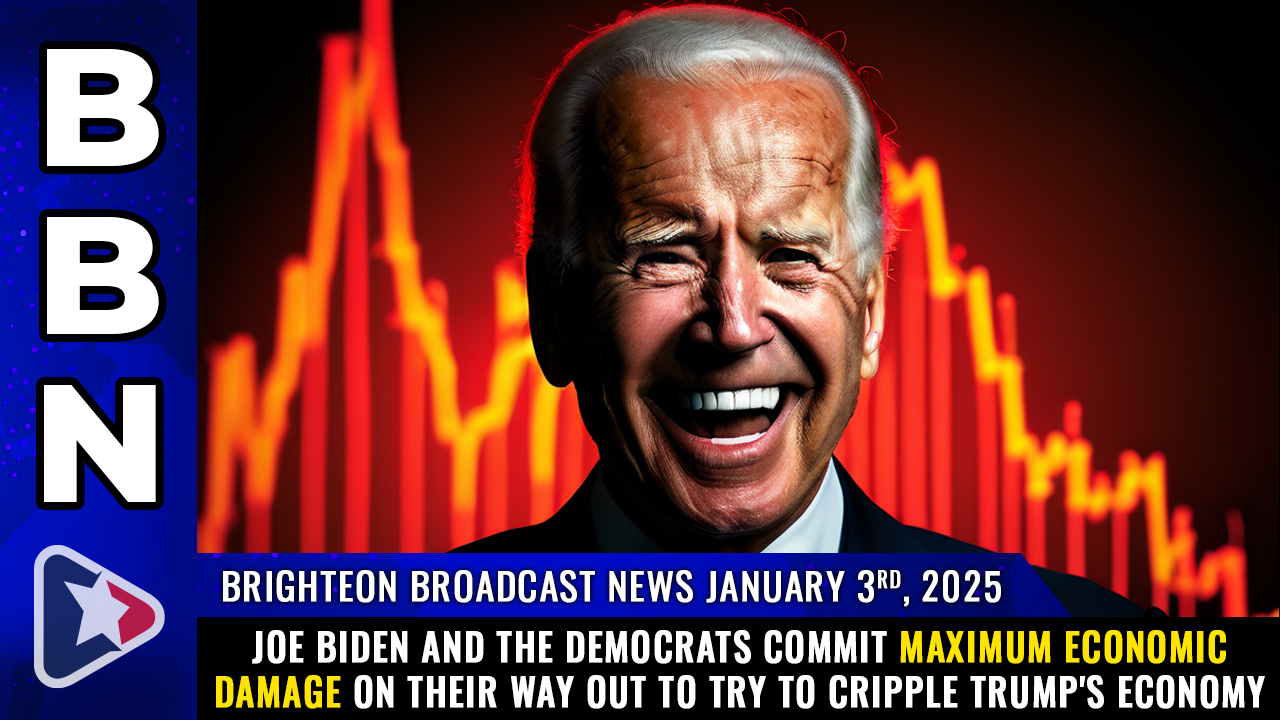U.S. oil exports to China plummet amid shifting tides and waning demand
01/06/2025 / By Belle Carter

- U.S. oil exports to China plummeted by 46 percent in 2024, dropping from 150.6 million barrels in 2023 to 81.9 million barrels, pushing China from the second-largest buyer of U.S. crude to sixth place.
- China’s slowing economy and green energy shift – including rising electric vehicle adoption and liquefied natural gas use – have reduced its crude oil demand, with overall imports down 7.2 percent year-over-year.
- China is diversifying its oil sources, increasing imports from Russia, Iran and Venezuela to 26 percent of its seaborne crude in 2024, up from 24 percent in 2023, as it strengthens ties with sanctioned nations.
- Europe has become the top destination for U.S. crude, with the Netherlands importing 194 million barrels (a 12 percent increase) and South Korea buying 166 million barrels, partly offsetting the loss of Chinese demand.
- The U.S. oil industry faces a pivotal moment, needing to diversify markets, adapt to declining global oil demand and navigate geopolitical shifts as the global energy landscape transitions toward renewables.
The once-thriving oil trade between the U.S. and China is crumbling. According to data from Kpler, U.S. crude exports to China have dropped by a staggering 46 percent this year, plummeting from 150.6 million barrels in 2023 to a measly 81.9 million barrels in 2024.
This dramatic decline has knocked China from its position as the second-largest buyer of U.S. crude to a distant sixth. Behind the seismic shift was a perfect storm of economic slowdowns, green energy ambitions and geopolitical maneuvering, experts say.
China’s economy isn’t exactly firing on all cylinders these days. The once-unstoppable juggernaut is sputtering, with growth rates slowing and domestic demand for crude oil taking a hit. The Asian nation is also doubling down on its commitment to cleaner energy.
Electric vehicles (EVs) are flooding the streets and liquefied natural gas (LNG) is becoming the fuel of choice for power generation. This shift is reducing China’s appetite for crude oil, and the numbers don’t lie, the country’s overall oil imports have dropped by 7.2 percent compared to last year.
China’s softening demand has contributed to a dip in global oil prices, leaving producers scrambling to adjust. The International Energy Agency (IEA) predicts that China’s oil demand will peak by 2030, thanks to its aggressive push toward renewable energy and EVs.
China isn’t just buying less oil, it is also changing where it buys it from. According to Kpler, China imported 26 percent of its seaborne crude from Russia, Iran and Venezuela this year, up from 24 percent in 2023. This shift is no accident. It is a calculated move by China to deepen ties with these sanctioned nations, securing cheaper oil while thumbing its nose at Western powers.
Russia, in particular, has become a key player in China’s oil strategy. Since the invasion of Ukraine, Russia has been forced to pivot its energy exports eastward and China has been more than happy to oblige. Iran and Venezuela, both under heavy U.S. sanctions, have also found a lifeline in China. For the U.S., this is a double whammy: not only is China buying less American oil, but it’s also propping up regimes that Washington has been trying to isolate.
Europe steps up as Asia steps back
While China’s demand for U.S. crude is waning, Europe is picking up the slack. The continent has become the top destination for U.S. oil for the third year in a row, driven in part by the inclusion of West Texas Intermediate (WTI) oil in the dated Brent benchmark. The Netherlands, in particular, has emerged as a major buyer, importing 194 million barrels of U.S. crude in 2024, a 12 percent increase from last year. South Korea, the second-largest importer, bought around 166 million barrels, partly to compensate for reduced supplies from Kazakhstan.
This shift underscores the resilience of the U.S. oil industry. While China may be turning its back on American crude, Europe and other markets are more than willing to fill the void.
So, where does this leave the U.S. oil industry? In a word: adapting. The decline in Chinese demand is a stark reminder that the global energy landscape is changing rapidly. The rise of renewables, the push for energy independence and the shifting sands of geopolitics are all reshaping the market.
For U.S. exporters, the key will be diversification. Europe is a reliable partner, but it’s not enough to offset the loss of China. The industry must also look to emerging markets in Asia, Africa and Latin America. At the same time, it needs to brace for the long-term decline in global oil demand as the world transitions to cleaner energy sources.
However, the U.S. oil industry has long been a dominant force on the global stage, but its reign is being challenged. The decline in exports to China is just the latest sign that the old order is crumbling.
Visit EconomicRiot.com for more related stories.
Watch the video below where President-elect Donald Trump tells the EU to make up their deficit by buying U.S. oil and gas or face tariffs.
This video is from the TrendingNews channel on Brighteon.com.
More related stories:
Russia and China reaffirm their “no limit” partnership amid rising tensions with the West.
Russian oil exports surge despite Western sanctions, Moscow’s output cut.
Sources include:
Submit a correction >>
Tagged Under:
China, crude oil, economic riot, electric vehicles, energy sources, energy supply, EU, EVs, financial collapse, fossil fuels, Green New Deal, green tyranny, liquefied natural gas, oil exports, renewable energy, robo cars, WTI
This article may contain statements that reflect the opinion of the author
RECENT NEWS & ARTICLES
COPYRIGHT © 2017 MARKET CRASH NEWS




















